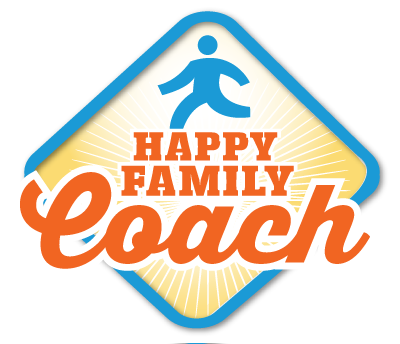Happy Kid Toolkit in the Workplace
The cost of strained relationships and unresolved conflict in the workplace is both emotionally and financially draining. When organizations prioritize communication, trust, teamwork, and conflict resolution, fewer issues will occur—and when they do, they'll be resolved more smoothly. Job satisfaction and productivity often increase when employees feel respected and understood by their managers. And those increases can go straight to a company's bottom line.
Three Common Workplace Woes
Boredom
Boss is a bully
Difficult Co-workers
Stress
While happiness in the workplace matters, unhappiness often prevails:
60-80% of all difficulties in organizations stem from strained relationships between employees, not from deficits in individual employee’s skill or motivation.1
The typical manager spends 25-40% of his or her time dealing with workplace conflicts. That’s one to two days of every work week.2
One-fourth of employees view their jobs as the number one stressor in their lives.6
American employees used about 8.8 million sick days in 2001 due to untreated or mistreated depression.7
25% of workers have taken a “mental health day” as a result of direct work stress.5
Indirect costs of untreated mental health disorders results in a $79 billion annual loss to businesses due to loss of productivity and absenteeism. (U.S. Surgeon General’s Report on Mental Health, 1999)3
Productivity losses related to personal and family health problems cost U.S. employers $1,685 per employee per year, or $225.8 billion annually.4
Ernst & Young reports that the cost of losing and replacing an employee may be as high as 150% of the departing employee’s annual salary.
Reduce Conflict. Improve Operations.
The Happy Workplace Reality Method™ helps companies move away from the usual "blame-centered approach," which identifies challenges as problems, rather than opportunities for refinement. We encourage creative resolutions while teaching self-responsibility, cooperation and harmonious interaction among team players.
Ultimately, the goal of Happy Workplace Reality Method™ is to produce happy employees and a victim-free work environment. We would love the opportunity to present a basic introduction to this unique and effective method.
1 Daniel Dana, Managing Differences: How to Build Better Relationships at Work and Home (2005, 4th ed.) 2 Washington Business Journal, May 2015. 3 workforce.com. 4 Stewart et al. Workplace Stress & Mental Health. 5 American Psychological Association, 2004. 6 Northwestern National Life. 7 National Committee for Quality Assurance, 2002.



